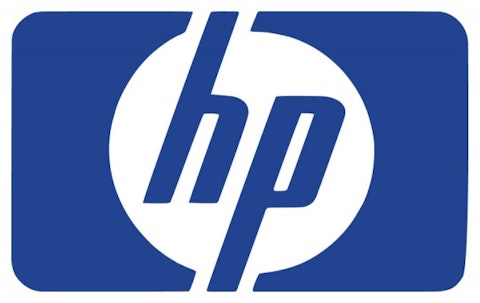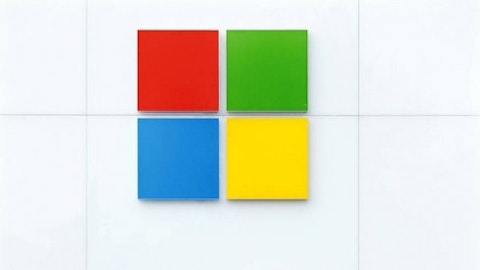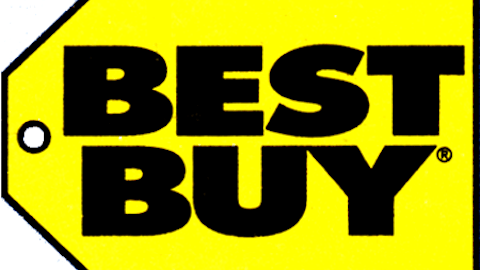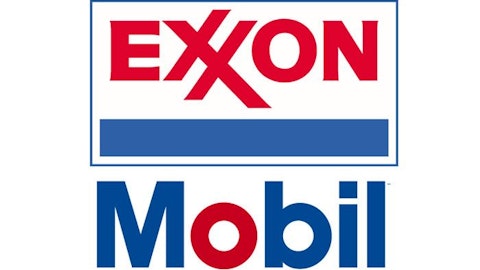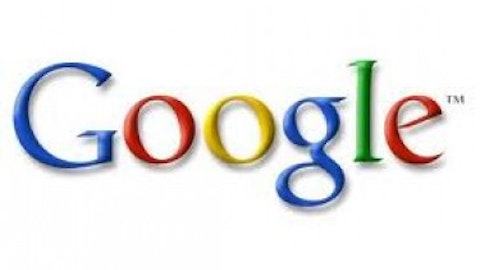It’s no secret that the Personal Computer industry is on its knees. In the first quarter of 2013, Worldwide PC unit shipments fell 13.9% year over year, the industry’s worst quarter ever. With the rise of the smartphone and tablet as the new everyday consumer product, personal computing is an industry falling behind.
| Vendor | 1Q13 Shipments | 1Q13 Market Share | 1Q12 Shipments | 1Q12 Market Share | 1Q13/1Q12 Growth |
| Hewlett-Packard Company (NYSE:HPQ) | 11,997 | 15.7% | 15,726 | 17.7% | -23.7% |
| Lenovo | 11,700 | 15.3% | 11,705 | 13.2% | 0% |
| Dell Inc. (NASDAQ:DELL) | 9,010 | 11.8% | 10,110 | 11.4% | -10.9% |
| Acer Group | 6,150 | 8.1% | 8,952 | 10.1% | -31.3% |
| ASUS | 4,363 | 5.7% | 5,401 | 6.1% | -19.2% |
| Other | 33,075 | 43.4% | 36,739 | 41.5% | -10% |
| Total | 76,294 | 100% | 88,635 | 100% | -13.9% |
Source: IDC Worldwide Quarterly PC Tracker, April 10, 2013
However, this doesn’t coincide with the performance of PC industry leaders’ stocks over the past year. Compare the performance of Hewlett-Packard Company (NYSE:HPQ), Dell Inc. (NASDAQ:DELL), and Lenovo. After initially falling, each of these stocks has rebounded. HP has rebounded 20% from last year, Dell has increased net 8% over the course of an ongoing fight between management and shareholders to take the company private, and even Lenovo managed to squeeze out a 3% gain. Why? These companies were already priced for the worst.
Don’t Count Them Out So Quickly
The PC industry won’t disappear completely any time soon. Tablets and phones are still not powerful enough to replace computers in most professional uses, and the industry at full maturity is still an enormous source of recurring cash flow. However, as a potential source of investments, one must remember that along with the decline of any industry is the potential for consolidation and increasing market share. With PC companies rebounding to gains up to 20% over the last year on receding industry results, it’s clear that these companies are already priced for the worst. Thus, if we investors can figure out which companies represent the safest bets to continue to capitalize on the PC industry’s cash flows, we might be able to profit from the market grouping PC companies together in their pessimism.
Take another look at Lenovo Group, for example. Of all of these companies, it has appreciated the least in the past year, and yet of the market leaders, it is the only company that was able to increase market share by 2% year over year and avoid any real decline in unit sales year over year. The only worldwide market leader able to avoid the major industry deterioration might be a place to start looking for value in this industry.
Put Your Eye On Quality
Ultimately, every investor must make his or her own decision as to whether or not they should invest in the PC industry. However, there are many metrics one can look at to help in this decision.
Gross Profit/Total Assets is one new metric that I love to utilize. A research paper by the National Bureau of Economic Research found that this metric has effectively the same ability to produce market outperformance as the Price/Book ratio. Thus, we can use it as a great way to compare companies in the PC industry, as it combines a way to measure return on assets with gross profitability.
| Gross Profit/Total Assets | 2012 | 2011 | 2010 |
|---|---|---|---|
| HP | .235* | .226 | .239 |
| Lenovo | .241 | .217 | .22 |
| Dell | .256 | .31 | .295 |
*Adjusting for Autonomy Asset Impairment
It seems fairly clear that Dell Inc. (NASDAQ:DELL) used to be the world leader in profitability in the PC industry, which makes sense as Dell has a reputation for world-class inventory management. However, both Hewlett-Packard Company (NYSE:HPQ) and Dell’s declines in sales are mirrored in their profitability as each is declining in their ability to produce profits from their assets. Meanwhile, Lenovo emerges as a leader, while still behind Dell Inc. (NASDAQ:DELL) in overall profitability, by growing both sales and profitability from its assets even in a declining market. More than brand or product, this may suggest great things about Lenovo’s management capabilities, a good sign for any investor.
Keep An Eye On The Peripherals!
While Dell, Hewlett-Packard Company (NYSE:HPQ), and Lenovo may be the most obvious ways to play the PC industry, Microsoft Corporation (NASDAQ:MSFT) and Intel Corporation (NASDAQ:INTC) are both strong, viable companies with a lot riding on the PC industry. For Microsoft, with Windows 8 widely regarded as a failure and its push to mobile seen as a side play compared to the efforts of Google Inc (NASDAQ:GOOG), Apple Inc. (NASDAQ:AAPL), and other major players, potential value depends on their ability to keep their Windows customers much happier. Currently, however, things are working fine for Microsoft Corporation (NASDAQ:MSFT) as it has produced a 27% Return on Equity and is up 17% this year.
On the other hand, Intel Corporation (NASDAQ:INTC) is down 7% this year and trades for 12x earnings. While Intel produced a 22% Return on Equity, it is having more success in mobile as it was recently announced that Samsung’s Galaxy models will be using Intel chips. Intel has no problems in the PC industry. Market share is growing and near its peak at 85% of the microprocessor market. That market leadership alone should validate Intel’s current price, but if Intel can monetize mobile, look for a higher share price in Intel’s future.
Don’t Freak
While investors are acting scared of the industry now, even a bad industry can be ripe with opportunities for investors brave enough to look.
Nikhil Shamapant has no position in any stocks mentioned. The Motley Fool recommends Intel. The Motley Fool owns shares of Intel and Microsoft. Nikhil is a member of The Motley Fool Blog Network — entries represent the personal opinion of the blogger and are not formally edited.
The article Finding Value in the PC Industry originally appeared on Fool.com and is written by Nikhil Shamapant.
Copyright © 1995 – 2013 The Motley Fool, LLC. All rights reserved. The Motley Fool has a disclosure policy.
